Menu
Roots are vital for the growth and overall well-being of trees. Since roots spread throughout your backyard, it's difficult to detect signs of damage. A common culprit to look out for is root rot, often caused by excess water. It is advisable to schedule regular inspections with a professional tree care company, ensuring minor signs of deterioration don’t worsen. At Driscoll Tree Service, we provide pertinent information about root rot treatment, helping you take a proactive approach towards tree care.

As stated, root rot is caused by excess moisture in the soil. While trees depend on water and other essential nutrients in the soil to survive, excessively waterlogged soil can harm the roots. Root rot is not instantaneous, hence the need to act early before the damage is irreversible. Consult tree service professionals for a tailored watering plan for your area, preventing overwatering and premature tree removal emergencies.
Another cause of root rot is fungi. Wet soil creates suitable conditions for fungi to thrive, causing decay and eventually death, if left unattended. The most effective solution is to maintain a watering schedule and hire certified arborists for inspections.
Root rot diagnosis requires extensive expertise and knowledge. For untrained individuals, minor telltale signs of deterioration can go undetected. Here are root rot symptoms to look out for in your backyard.
One of the earliest signs of root rot is wilting. Even if you water your tree adequately, the roots can become damaged and unable to function effectively. This causes drooping leaves, a weakened structure, and tree removal, in severe cases. Watering your yard is crucial, but the frequency and duration matter.
Over time, root rot causes the leaves to turn yellow or develop brown patches. This occurs because the plant can’t absorb the nutrients it needs to maintain healthy foliage. Sometimes, the discoloration begins at the edges of the leaves and moves inward, showing severe distress. Once you notice discoloration on foliage, hire a professional tree care company to diagnose and address the issue quickly.
A foul smell from the soil in your yard is a sign of root rot. This odor is caused by decaying organic material and harmful fungi or bacteria. If you notice a musty or sour smell from the soil, it’s likely the roots are decaying. Schedule an inspection to determine the severity and implement effective solutions to restore tree health.
Healthy roots are firm and white. However, affected roots are soft, mushy, and dark brown or black. If you suspect root rot, remove the plant from its pot and inspect the roots. Discolored and slimy roots show the need to call tree service providers quickly.
Root rot is a serious condition, but understanding its symptoms can help you act quickly. By identifying the telltale signs of deterioration, you can take effective measures to save your plants and prevent further damage. Contact us at the Driscoll Tree Service and schedule a consultation with our arborists to detect signs of root rot early and provide proper care.


Tree Planting Aftercare A tree can add immense value to your landscape, providing many benefits like shade, curb appeal, and overall environmental well-being. However, planting the tree is just the beginning. Ensuring its growth and longevity requires proper aftercare, and…
Read More
Tips and Techniques for Tree Removal Tree removal is a significant task that requires careful planning and execution to ensure safety and efficiency. Because of disease, hazard, or landscape redesign, proper techniques are crucial for a successful removal process. Driscoll…
Read More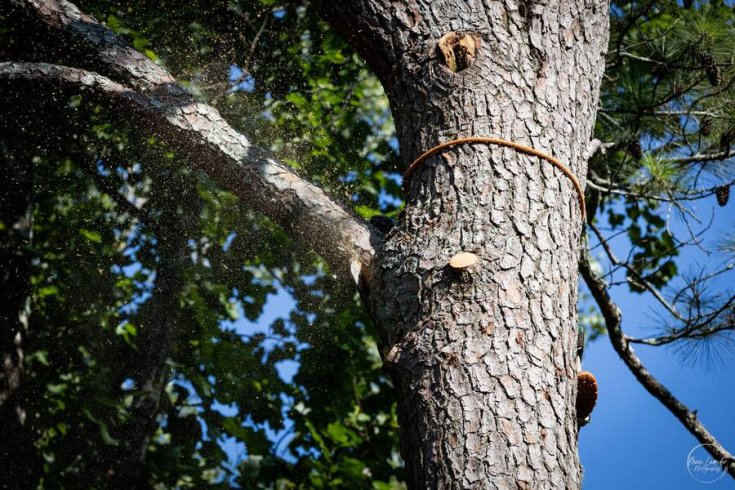
5 Essential Tips for Emergency Tree Removal Trees provide shade, beauty, and a habitat for wildlife. They also convert the carbon dioxide we breath out into fresh oxygen. However, there are times when their removal becomes unavoidable. Whether it's due…
Read More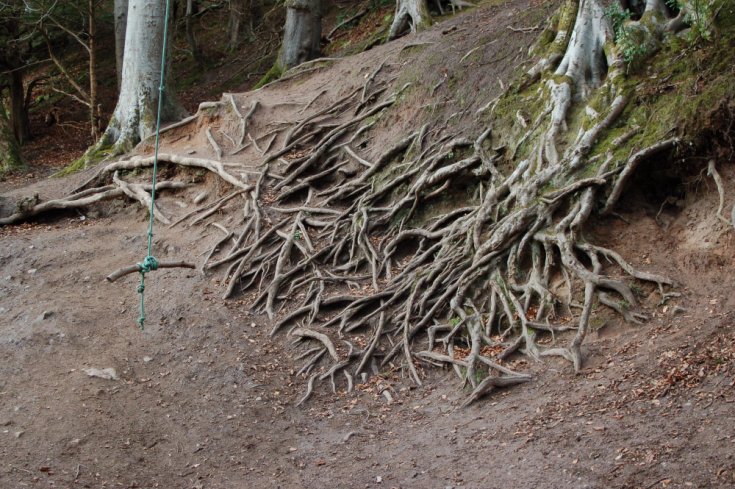
Are Exposed Tree Roots Bad? Exposed tree roots might look like an enchanting natural feature, but those gnarled “wooden serpents” at your feet are more than just a quirky accent of your tree. In fact, roots surfacing above the soil…
Read More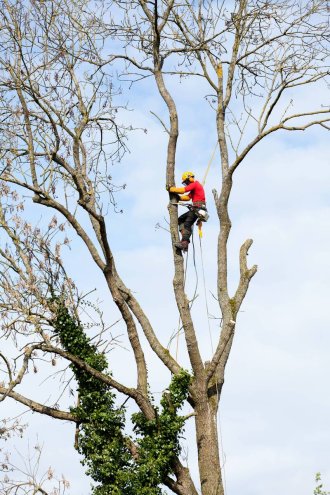
Fall Lawn and Landscape Care Tips As the vibrant colors of summer fade and fall begin to take over, it's essential to focus on lawn and landscape care. Fall is crucial for yard care as you prepare for the colder…
Read More
Top Signs You Need an Arborist to Inspect Your Trees Most of us love the trees on our property because they offer shade, beauty, privacy, and even fruit in some cases! Despite our appreciation, how well do we really understand…
Read More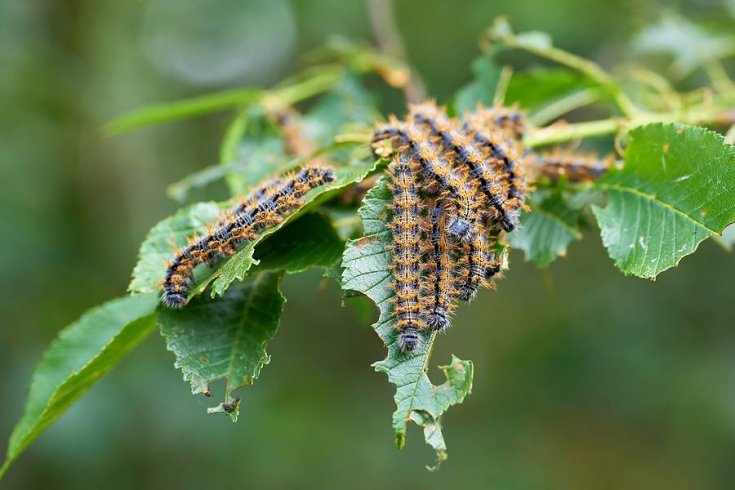
Things That Might Kill Your Beautiful Trees Homeowners strive to have a gorgeous yard with stunning trees. However, routine care is essential to maintain optimal health and longevity. At Driscoll Tree Service, we aim to help you keep your trees…
Read More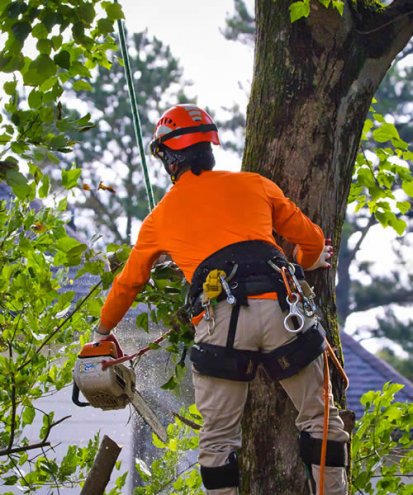
Tree Trimming & Pruning Mistakes to Avoid Do you have trees on your property that seem in bad condition due to improper tree trimming techniques? This is a common problem that most people make, compromising the health and well-being of…
Read More
Trees and Your Home: Tips for Extending the Lifespan of Your Roof A well-maintained roof is crucial for any home, as it protects against the weather and maintains structural integrity. While trees can enhance property beauty and value, if they…
Read More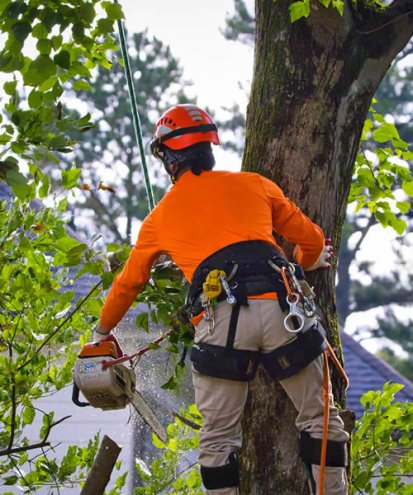
Tree Trimming Safety Tips Tree trimming is a vital aspect of landscaping and garden maintenance that helps keep trees healthy and aesthetically pleasing. However, it can also be hazardous if not done correctly, causing severe damage and premature tree removal.…
Read More